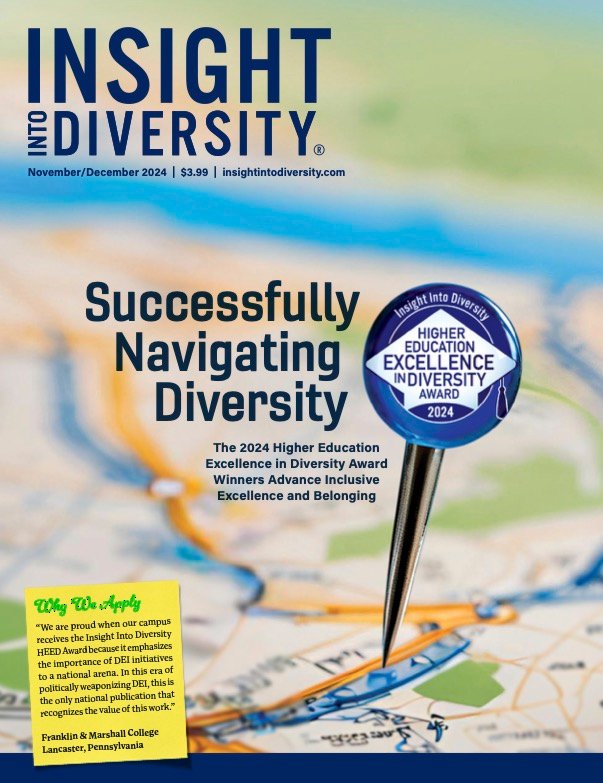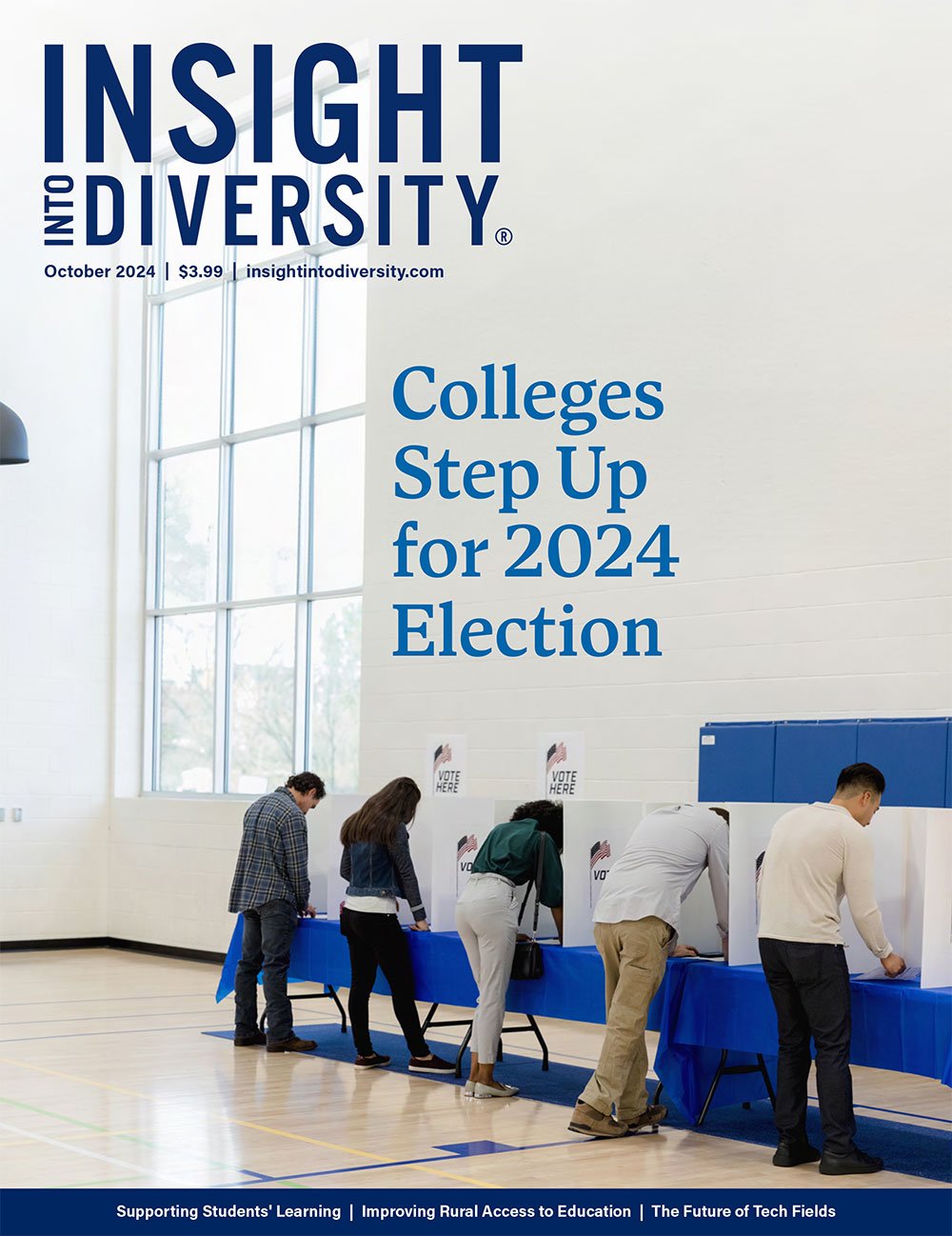When patients from diverse backgrounds seek dermatological care, they may have a hard time finding a provider who understands and can address their unique needs.
Recognizing this disparity, the American Academy of Dermatology (AAD) is operating a multifaceted program to cultivate a new generation of dermatologists from underrepresented communities.
The initiative, known as Pathways: Inclusivity in Dermatology, paves the way for aspiring dermatologists from all backgrounds, offering comprehensive support from high school to undergraduate education, medical school, and residency to ensure students are equipped with the resources and skills needed to succeed.
Lack of Diversity
Continually, studies show that physicians of color can help reduce health care disparities, as they are more likely to see and provide care to non-White and underserved patients, says AAD President Seemal R. Desai, MD, FAAD.
“People of color frequently face unequal access to health care and experience poorer health outcomes,” Desai says. “In the field of dermatology, these patients often don’t know where to turn for skin health advice and are 50% less likely than White patients to see a dermatologist for the same conditions. The specialty has a powerful opportunity to advance care and make a positive impact on the lives of these patients.”
Disparities extend from patient care to academic research. A recent examination of 215 dermatology clinical trials revealed a significant underrepresentation of people of color, according to the article “Racial and Ethnic Underrepresentation in Dermatology Clinical Trials,” published in the Journal of the American Academy of Dermatology last year.
Moreover, when it comes to the workforce, this medical specialty is ranked second to last in diversity, following orthopedic surgery, according to the 2020 study “Why Dermatology Is the Second Least Diverse Specialty in Medicine: How Did We Get Here?”
To improve this, the report emphasizes the importance of understanding and addressing barriers such as financial constraints, limited mentorship opportunities, and implicit bias against underrepresented groups in medicine. The authors suggest that ongoing unified efforts among national organizations, medical schools, and residency programs can help move things forward.
Pathways Program
In keeping with these recommendations, AAD’s Pathways initiative, which was launched in March 2023, is advancing a number of goals, one of which is to increase the number of dermatology medical residents from Black, Latino, and Indigenous communities by more than 150% by 2027. The organization also aims to increase dermatology program faculty from these backgrounds by 2%.

Through a partnership with the nonprofit organization Nth Dimensions, a medical student symposium and bioskills workshops raise awareness among medical students about resources available to pursue a career in the specialty. Additionally, the annual AAD/ Nth Dimensions Scholars program provides a two-month summer internship, mentorship with a practicing dermatologist, and residency application support.
The AAD also offers additional medical school opportunities, including the long-standing Diversity Mentorship Program, a one-month internship launched in 1995, that includes a stipend. This program connects underrepresented communities in medicine with dermatologists for a one-on-one experience. Another initiative designed to increase underrepresented students in dermatology is the AAD-Society of Investigative Dermatology Gap Year Fellowships, which provide grants to students who participate in a one-year supervised research program.
“Students in medical school often have limited exposure to our specialty and we hear anecdotally that many students from [underrepresented minority] backgrounds are encouraged to consider primary care before a specialty like dermatology,” says Desai. “We hope that medical schools will increase all students’ exposure to this important specialty, ensuring that students with interest and aptitude for it understand dermatology is a medical pathway that is open to them.”

The AAD further offers programming for high schoolers and undergraduates, recognizing the value of early awareness about medical careers, says Desai.
High school and college students can attend two five-day Dermatology Career Prep events where practicing dermatologists, residents, and medical students introduce them to the field. In another effort to enhance outreach, the organization provides members with AAD Diversity Champion toolkits, which enable dermatologists to raise awareness within local schools that serve underrepresented communities.
To build community, the Pathways initiative holds the Leadership Institute Resident Forum during the AAD Annual Meeting so that underrepresented residents can connect with each other. The forum includes a networking luncheon, roundtable discussions regarding challenges, and leadership sessions. ●
Learn more about the AAD Pathways program at aad.org/pathways.




















